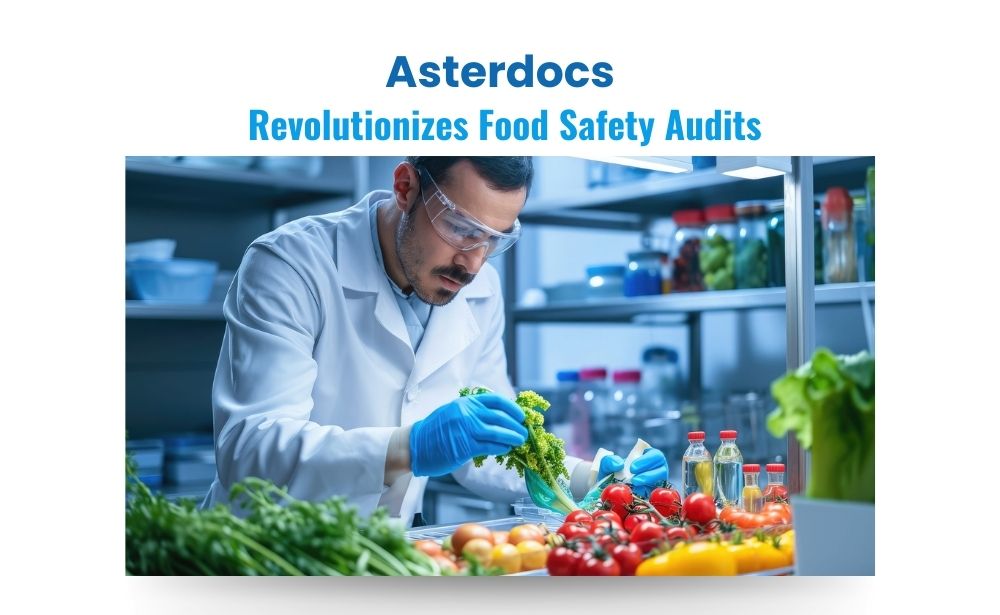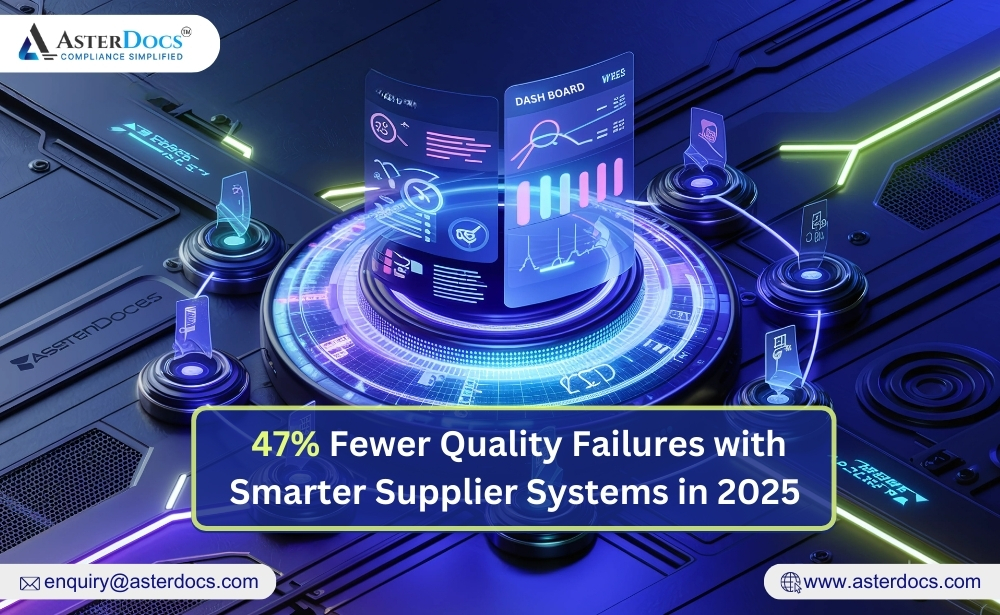Evolution of Food Safety Audits
Food safety audits play a vital role in the food industry by guaranteeing that products fulfill regulatory requirements and preserve public health. These audits typically involved a lot of labor, were conducted on paper, and were prone to human error. The techniques employed to guarantee food safety must advance along with the food industry. Software for automated food safety audits is here to change the game in food safety.
Pain Points in Traditional Food Safety Audits
Traditional food safety audits come with a host of challenges that can hinder their effectiveness and efficiency:
Manual Processes: Traditional audits rely heavily on manual processes, including data entry and paper-based documentation. This not only consumes significant time but also increases the risk of human error.
Compliance Issues: Keeping up with ever-changing regulations and standards can be daunting. Manual systems may struggle to update and adapt quickly, leading to potential compliance lapses.
Data Management: Handling vast amounts of data manually can be overwhelming. Storing, retrieving, and analyzing data efficiently is a common pain point in traditional audits.
Resource Intensive: Conducting audits manually requires considerable human resources, leading to higher operational costs and potential delays.
Inconsistency: Human auditors can have varying levels of expertise and may interpret standards differently, leading to inconsistent audit results.
Role of Automated Food Safety Audit Software
Automated food safety audit software addresses these pain points by leveraging technology to streamline and enhance the audit process. Here’s how:
Digital Data Entry and Storage: Automated systems eliminate the need for paper-based documentation, allowing for digital data entry and storage. This reduces the risk of data loss and enhances accessibility.
Real-Time Updates and Compliance Tracking: Automated software can be updated in real time to reflect the latest regulations and standards. This ensures that audits are always compliant with current requirements.
Data Management and Analytics: Advanced software can handle large volumes of data efficiently. It can store, retrieve, and analyze data quickly, providing valuable insights and trends that can inform decision-making.
Resource Optimization: By automating repetitive and time-consuming tasks, food safety audit software frees up human resources to focus on more critical areas, leading to cost savings and improved efficiency.
Consistency and Accuracy: Automated systems apply standardized criteria uniformly, ensuring consistency in audit results. This reduces the likelihood of human error and increases the accuracy of the audits.
Benefits and Outcomes of Automation
The adoption of automated food safety audit software offers numerous benefits and transformative outcomes for the food industry:
Increased Efficiency: Automation speeds up the audit process, reducing the time required to complete audits and generate reports. This allows for more frequent audits and quicker corrective actions.
Enhanced Compliance: With real-time updates and compliance tracking, organizations can stay ahead of regulatory changes and maintain continuous compliance, reducing the risk of penalties and reputational damage.
Improved Data Integrity: Digital data management ensures that information is accurate, easily accessible, and secure. This enhances the reliability of audit results and facilitates better decision-making.
Cost Savings: By reducing the reliance on manual labor and minimizing errors, automated systems lower operational costs and increase overall productivity.
Better Risk Management: Automated audit software provides detailed analytics and insights, enabling organizations to identify potential risks and implement proactive measures to mitigate them.
How Asterdocs Revolutionizes Food Safety Audits
Asterdocs stands at the forefront of this transformation, offering cutting-edge food safety audit software designed to revolutionize the way audits are conducted. By automating key processes, Asterdocs enhances efficiency, ensures compliance, and delivers accurate and consistent results. With Asterdocs, the future of food safety audits is not only more efficient but also more reliable and secure, safeguarding public health and ensuring the highest standards of food safety.
Conclusion
As the food industry continues to face evolving challenges, the adoption of automated food safety audit software like Asterdocs is essential. It addresses the pain points of traditional audits, offers significant benefits, and sets a new standard for efficiency and effectiveness in ensuring food safety. The future of food safety audits is here, and it is automated.

















